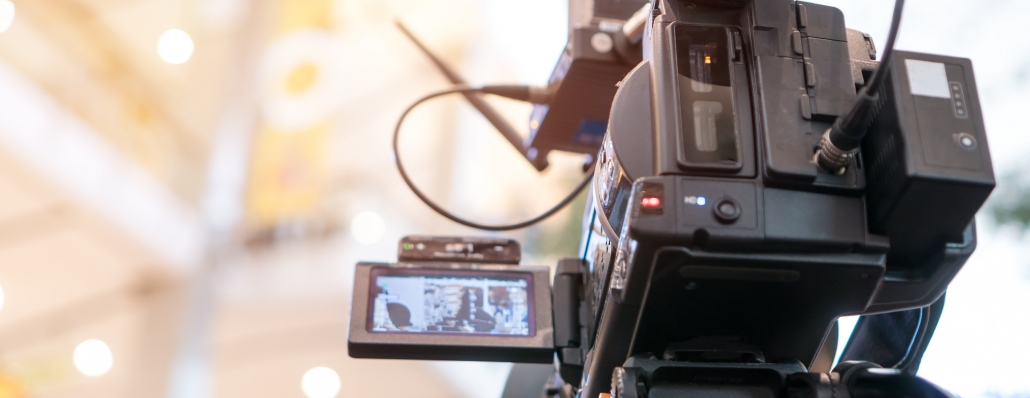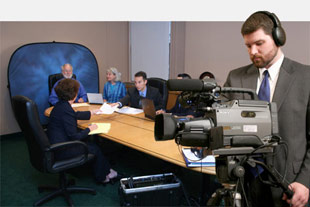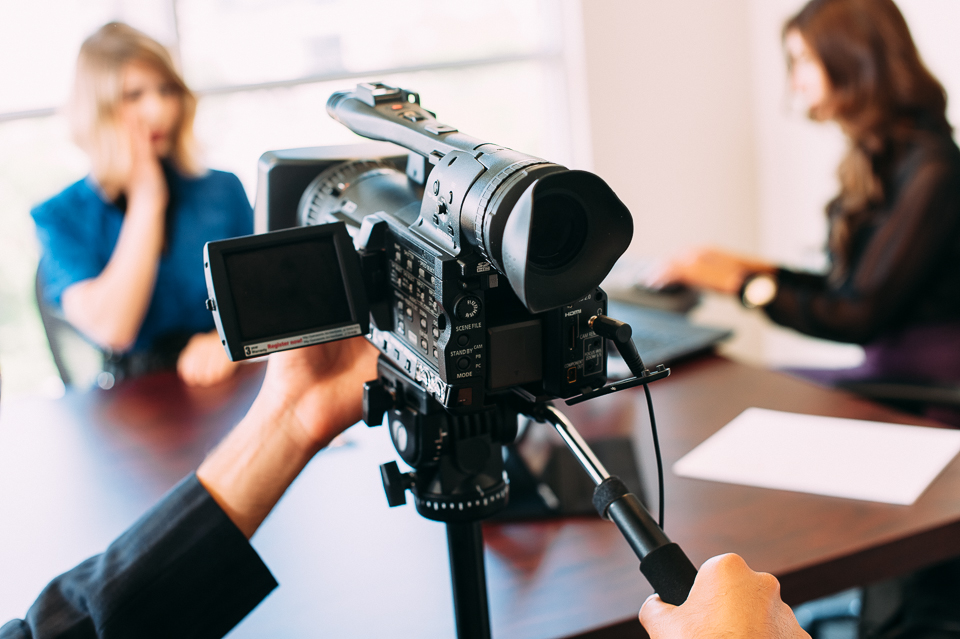The Function of Lawful Videography in Depositions and Trials
Legal videography has arised as an essential device in both depositions and tests, offering a diverse approach to recording witness statements. By capturing not just the talked word however also the subtleties of non-verbal interaction, this medium enhances the trustworthiness of testimonies and maintains essential proof for future proceedings (legal videography). As lawyers progressively acknowledge its worth, it triggers a deeper assessment of how these aesthetic documents can affect juror understandings and test results. What implications might these growths hold for the future of lawful practice?

Relevance of Legal Videography
Legal videography plays a pivotal duty in the documentation and presentation of depositions and tests. This specific area integrates technical abilities with lawful understanding to produce a trusted document of proceedings that can considerably influence instance outcomes. The appearance of lawful videography boosts the understanding of witness testament, allowing jurors and judges to observe not just the talked words yet additionally the attitude, feelings, and body movement of the witnesses.
Additionally, legal videography supplies an objective account of events, reducing the potential for misinterpretation that can occur with written records alone. This visual documents functions as a crucial device throughout trial presentations, facilitating a clearer and more convincing story for both complainants and accuseds. Moreover, the ability to replay video sectors during court process makes it possible for lawful groups to stress key factors, strengthening their disagreements successfully.
The significance of lawful videography prolongs past the court; it also plays an essential function in maintaining proof for future reference, whether for allures or additional legal activity. Its integration right into the lawful process is crucial for making sure a reasonable and exact representation of the realities, ultimately contributing to the search of justice.

Refine of Legal Videography
While capturing the subtleties of depositions and tests, the process of legal videography involves a number of vital steps that ensure top quality, accurate recordings. A professional legal videographer prepares by evaluating the situation materials and comprehending the certain demands of the deposition or test. This prep work consists of acquainting themselves with the participants and the context, which aids in catching significant information.
On the day of the recording, the videographer establishes the necessary equipment, which generally includes high-definition cameras, microphones, and proper lighting. Guaranteeing ideal angles and sound quality is crucial, as it straight influences the efficiency of the recording. The videographer interacts with attorneys and participants to develop protocols, making sure that everyone understands the recording process.
During the deposition or trial, the videographer meticulously videotapes the process, paying attention to both spoken and non-verbal hints. This includes recording the attitude and responses of witnesses and attorneys. After the session concludes, the videographer might modify the footage for quality and compliance with legal criteria, producing a last item that properly reflects the process for future referral and use in legal contexts.
Advantages in Depositions
The unification of videography in depositions uses various benefits that improve the overall procedure of gathering evidence. One primary advantage is the ability to record witness statements with aesthetic and auditory integrity, offering an extra precise representation of the witness's disposition, tone, and body movement. This multidimensional method permits attorneys and courts to evaluate reliability more effectively than standard written records alone.
Furthermore, videographed depositions act as a powerful tool for maintaining testimony. Must a witness become inaccessible for test, their tape-recorded deposition can be played in court, making certain that their evidence stays obtainable and relevant. This element significantly reduces the threat of losing vital information that could influence case results.

Lastly, videography enhances the total professionalism and reliability of the deposition process, instilling confidence in clients concerning the thoroughness of their legal representation (legal videography). By leveraging Your Domain Name technology, legal specialists can considerably improve the effectiveness of depositions
Effect On Trials
In several tests, the assimilation of videography can substantially affect the presentation of evidence and the court's assumption. Lawful videography catches witness testimonies and essential proof in a vibrant style, enabling jurors to involve with the product on numerous degrees. This visual component boosts the narration element of a test, supplying context and emotional vibration that typical text-based evidence might do not have.
Additionally, video clip recordings can act as powerful tools for impeachment during interrogation. When discrepancies emerge between a witness's previous statements and their court room testimony, video proof offers an objective referral that can persuade jurors' point of views. This immediacy and quality can reinforce the reliability of an event's narrative while simultaneously threatening opposing arguments.

Future Trends in Legal Videography
As we look toward the future of legal videography, numerous arising fads assure to improve its role within the courtroom. One considerable pattern is the combination of artificial intelligence (AI) in video analysis and editing and enhancing. AI can improve the process of identifying essential moments in tape-recorded depositions, allowing attorneys to rapidly access relevant content, thereby improving effectiveness in situation prep work.
In addition, the surge of online truth (VR) and boosted reality (AR) modern technologies is anticipated to change just how jurors experience proof. my review here legal videography. By Go Here immersing jurors in a simulated environment, these technologies can provide an extra extensive understanding of complicated scenarios, resulting in more educated deliberations
Additionally, the raising need for remote depositions, accelerated by the COVID-19 pandemic, will likely continue. Legal videographers will certainly need to adjust to new software and platforms to ensure high-grade recordings in online settings.
Finally, the expanding emphasis on information safety and security will certainly necessitate more stringent protocols for saving and sharing video proof. As the legal landscape evolves, lawful videographers must remain abreast of these patterns to keep their significance and effectiveness in the judicial procedure.
Verdict
In recap, lawful videography serves a critical feature in the judicial procedure, enhancing the honesty of depositions and tests. By capturing the subtleties of witness testimonies, this medium not just maintains important proof but additionally aids in providing details efficiently to jurors. The relevance of aesthetic documents in assessing reliability and promoting interrogation can not be overstated. As innovation remains to advance, legal videography is poised to further transform its role within the legal landscape.